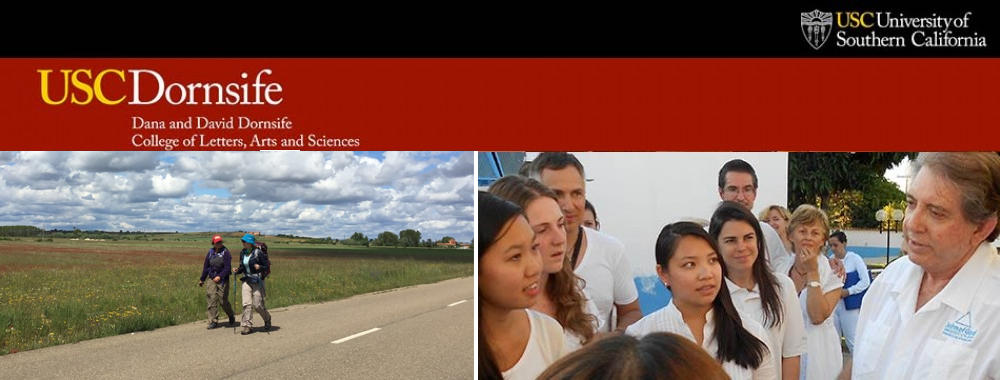“And why are you walking? “I asked a 40-something woman, with toned calves, dressed in all Lululemon. “I have 29 days before my chemo starts. Thought I’d make the most of it…you know?” She trailed off.
Kendra was diagnosed with Stage 2 breast cancer a few weeks ago. As a personal trainer, physical health is a huge part of her life. Though the survival rate for her diagnosis is fairly high, she told me, “this is the first time I have really questioned my own mortality. I’ve had to sit down and plan what will happen to my kids if…the worst happens.” And, as a single mother, this worry is a top priority.
My experience with my mom‘s breast cancer equipped me with the confidence to ask more questions. I told Kendra about our class, citing Michael Lerner’s healing and Commonweal program. I explained that “Americans are accustomed to end-oriented goals. You do this, this happens. We think recovery is something medically fixed.” But Lerner sets of other conditions for recovery from life-threatening illnesses at Commonweal, with physical, mental, emotional, and spiritual healing.
In a way, Lerner’s program is rather similar to the Camino. Lerner has three programs. 1. Stress reduction, involving meditation and stretching exercises. The Camino can involve lots of meditation — walking or seated. 2. Health promotion. Walking, getting lots of fresh air and water, is good for the health. 3. Group support. On the Camino there is an unspoken agreement that you can bare your soul to a complete stranger with no judgments. This allows for vulnerability and a deep relationship. Kendra told me her fears for her children, her fear of feeling physically weak, and fear of being powerless, knowing full well there was nothing I could do to help, but listen. Kendra agreed that “illness is the western form of meditation.” She said she had “never slowed down to think about these things. Now she has no choice but to.
Additionally, Commonweal and the Camino both offer a sense of separation from the self. As Lerner explains, “you’ve put the feeling out there in a safe and supportive context and now you can look at it. The experience of the feeling begins to turn and you are able to step back from it and experience that you have a self separate from this terror or anxiety.” It is important that the Camino is so different then one’s typical structure so that they are able to separate the experience and isolate the feeling to examine.
I witnessed this sort of healing with Maria, a Spanish woman in her early 30s. We exchanged pleasantries in Spanish, then she continue talking rapidly and I said, “Lo ciento, no entiendo.” This didn’t phase her and for the next 20 minutes she spoke passionately in Spanish. I threw in some positive, vague affirmations — earnest headnods and mmhmms. When she finished speaking, she looked me in the eye and gave me a hug before rejoining her group at a cafe in front of us. I guess she just needed to get something off her chest and I was glad I could be the safe listener to relieve it. The Camino, like Lerner’s Commonweal, provides a unique environment for healing, much different than mainstream medicine.
